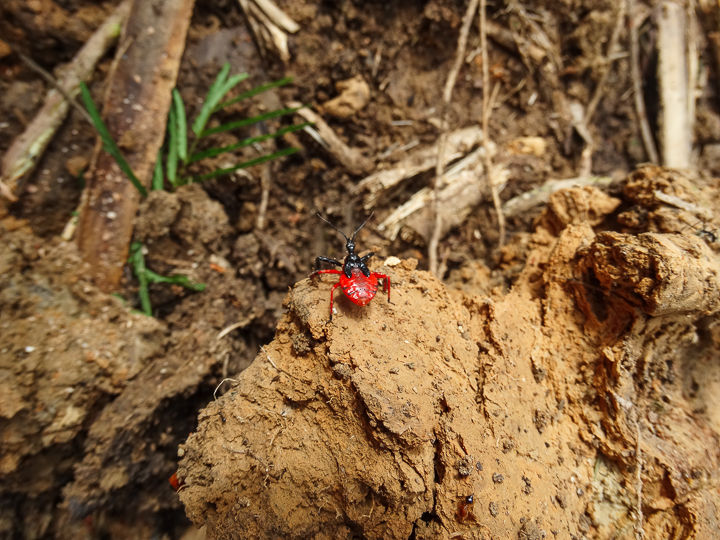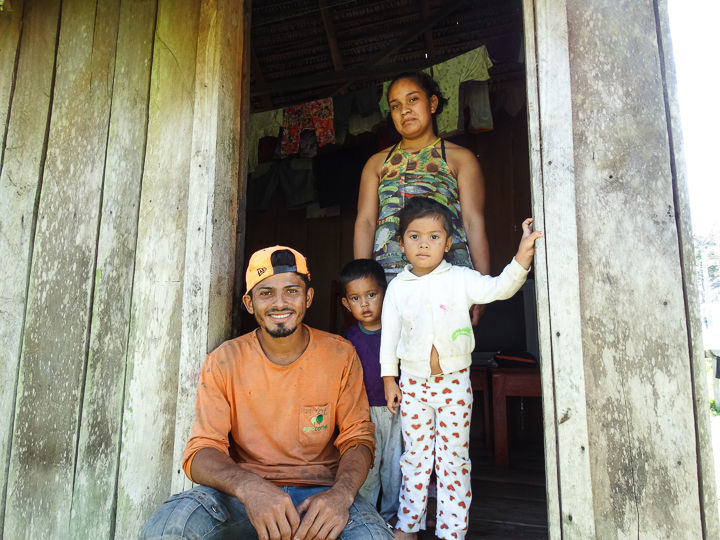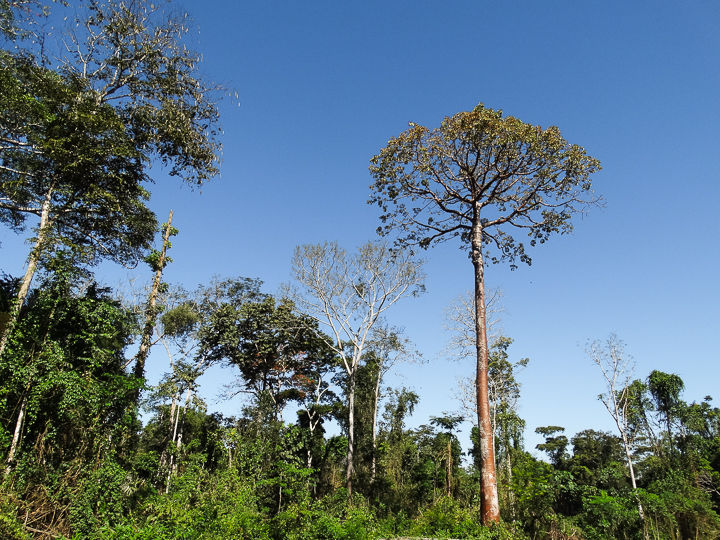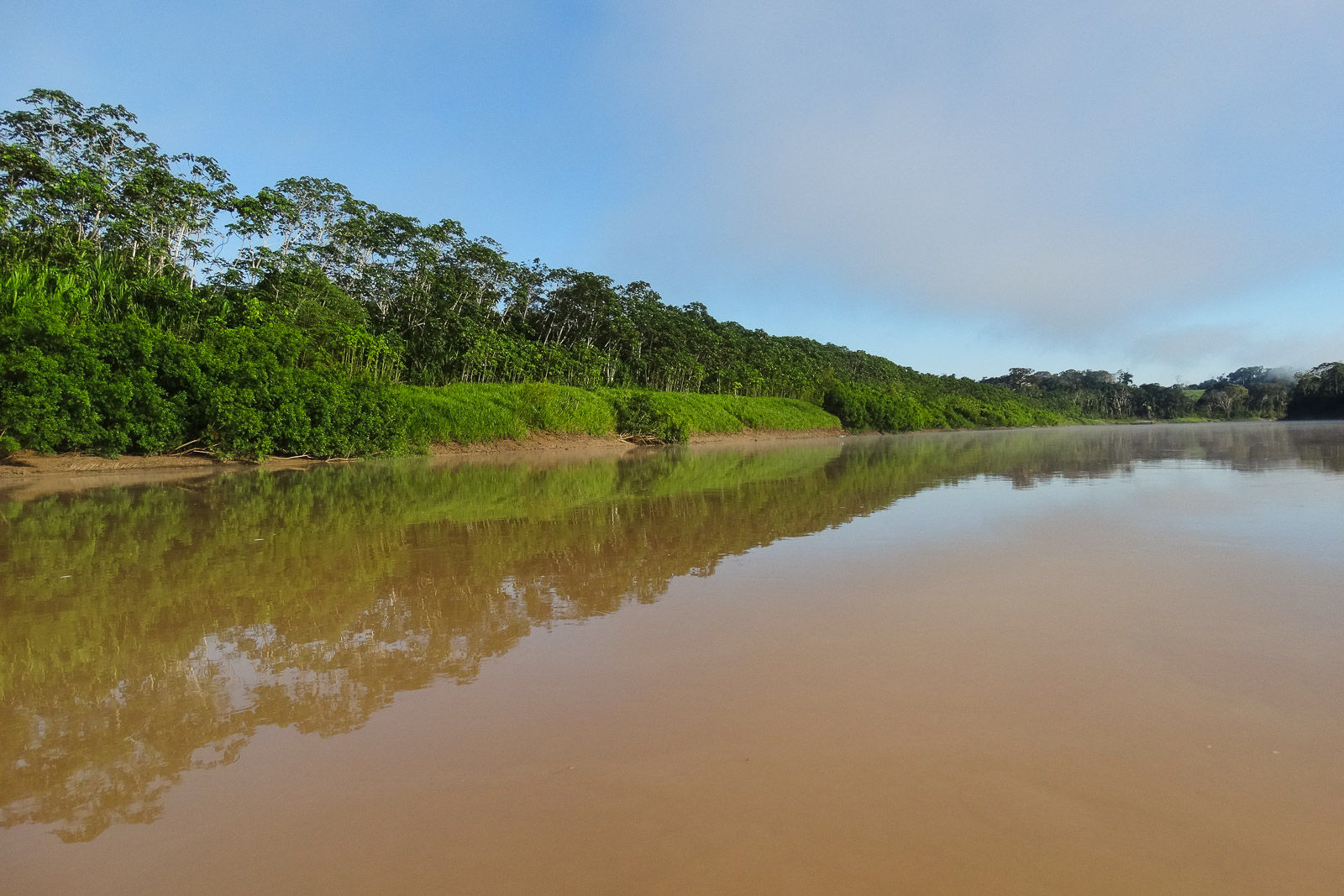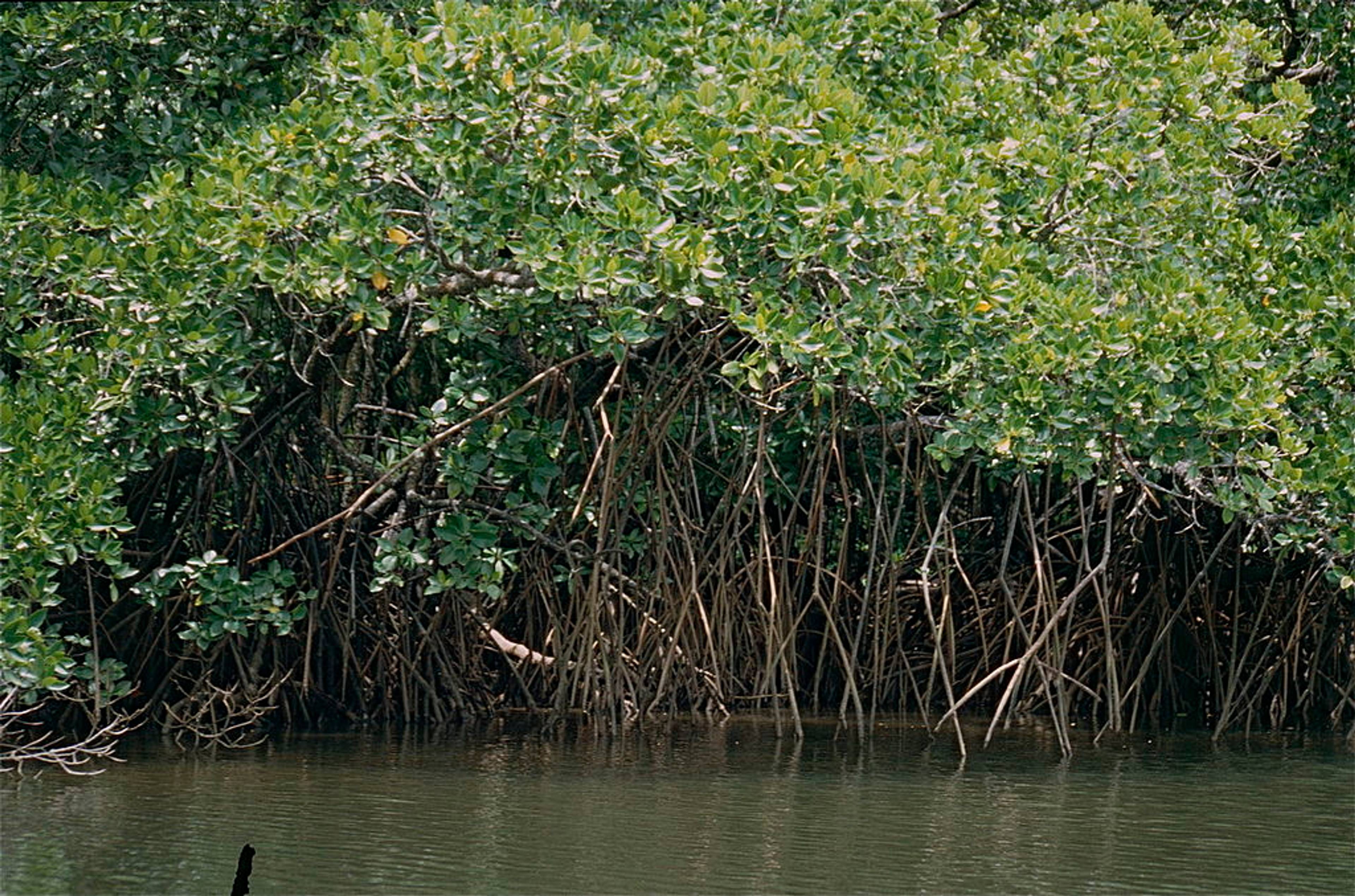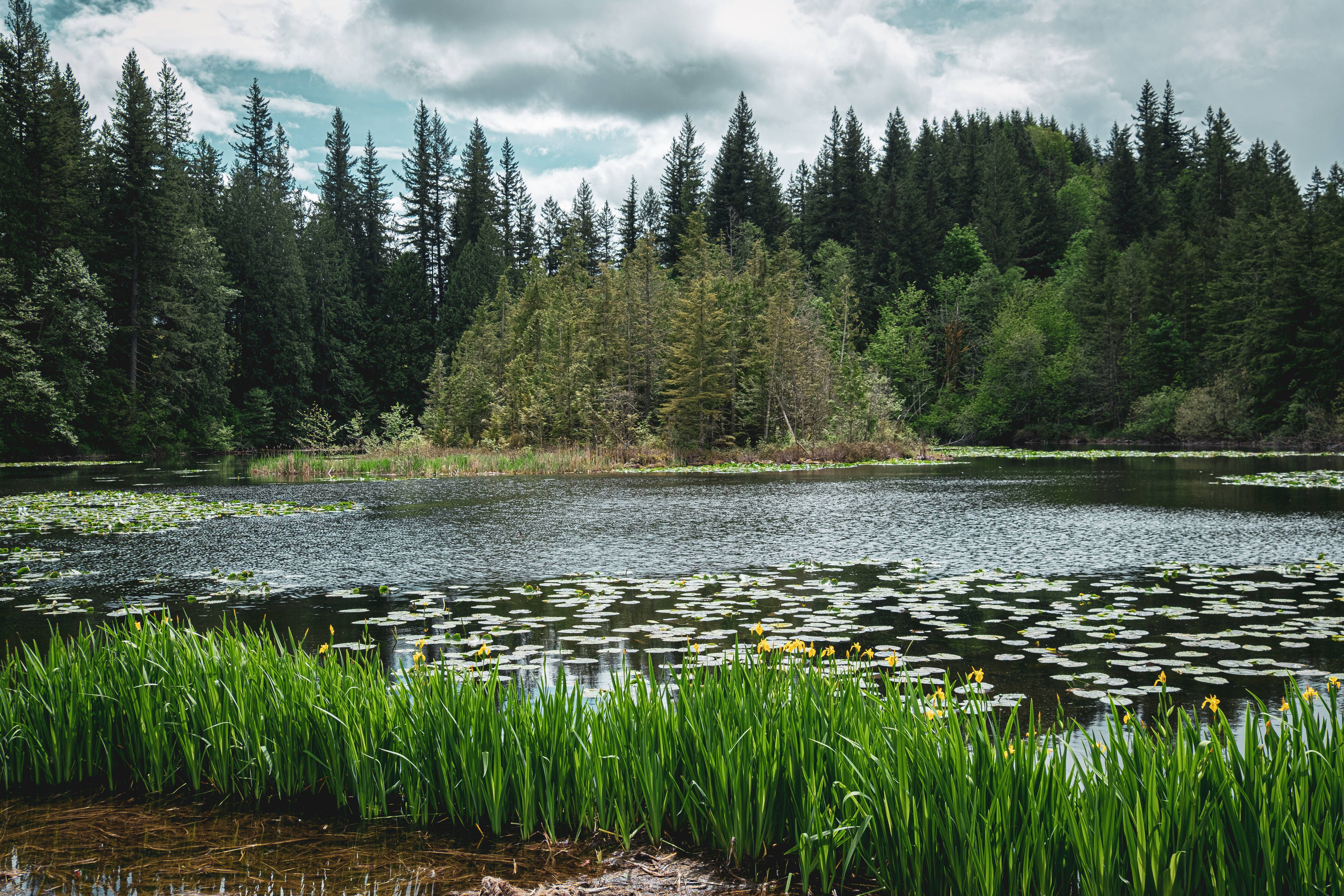Preserve life in an untouched area of the Brazilian rainforest and protect an ecological corridor from agricultural conversion
Agrocortex
Brazil
186,324 ha
Developer: Ecológica Assessoria
Located in the Southwestern Amazon, this privately-owned project area sits in Brazil’s agricultural expansion frontier region, where the main deforestation drivers are cattle ranching and timber harvesting. The project’s primary objective is forest conservation combined with sustainable forest management to avoid deforestation of this untouched rainforest. Agrocortex is owned by an environmentally-minded timber company that has developed a sustainable forest management plan (SFMP) to harvest at a reduced rate and replant native species such as Mahogany. The project also aims to positively impact surrounding communities by applying the SOCIALCARBON methodology.
Connect with our team to learn more about this project and how Pachama can support your nature strategy.
Brazil is home to the greatest concentration of biodiversity on the planet.
1 / 4
1/4
Quality check
Quality insights
Measuring what matters: community and biodiversity impacts
Preserving a wildlife corridor with many endemic bird species
The project area is very rich in biodiversity, specifically contributing to the preservation of species that require large areas to thrive. Conducted fauna surveys indicate the presence of 345 bird species, with 3 classified as vulnerable (Ruddy Pigeon, Blue-headed Macaw, and Channel-billed Toucan) and 27 classified as endemic to the Southern Amazon region. There are also 8 mammals considered vulnerable or endangered, including Pacarana and Goeldi’s Monkey. In terms of flora biodiversity, a total of 158 tree species were surveyed, along with numerous endangered plant species. This inventory confirmed three main vegetation types were present in the area: open tropical rainforest with bamboo, open tropical rainforest with palm trees, and open alluvial rainforest with palm trees.
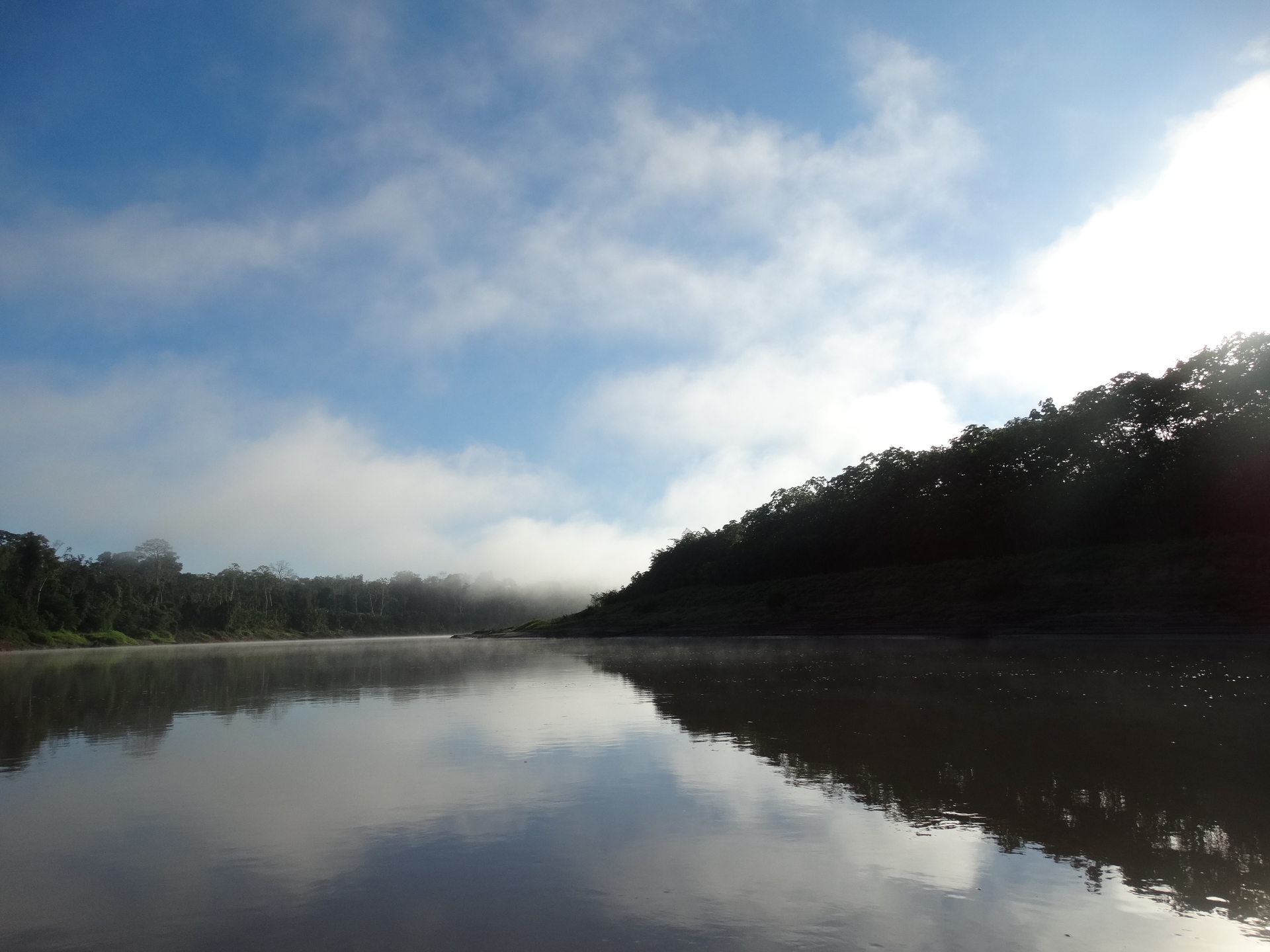
Second Verification Report
pdf
Project Description
pdf
First Verification Report
pdf


